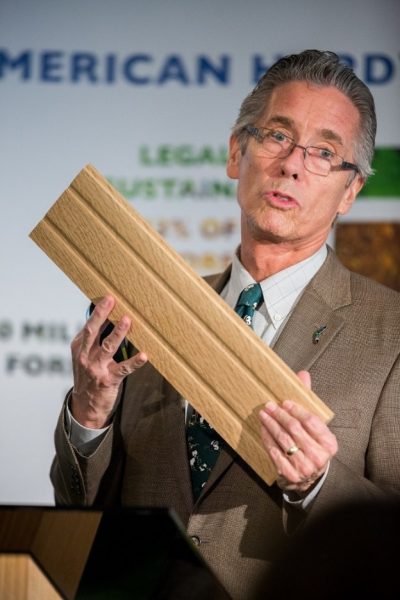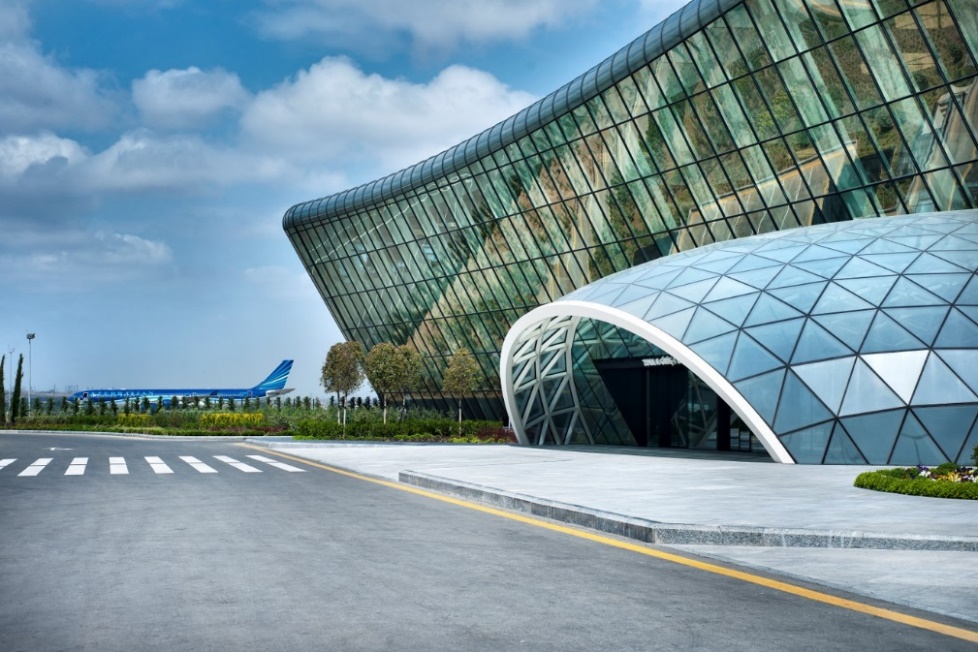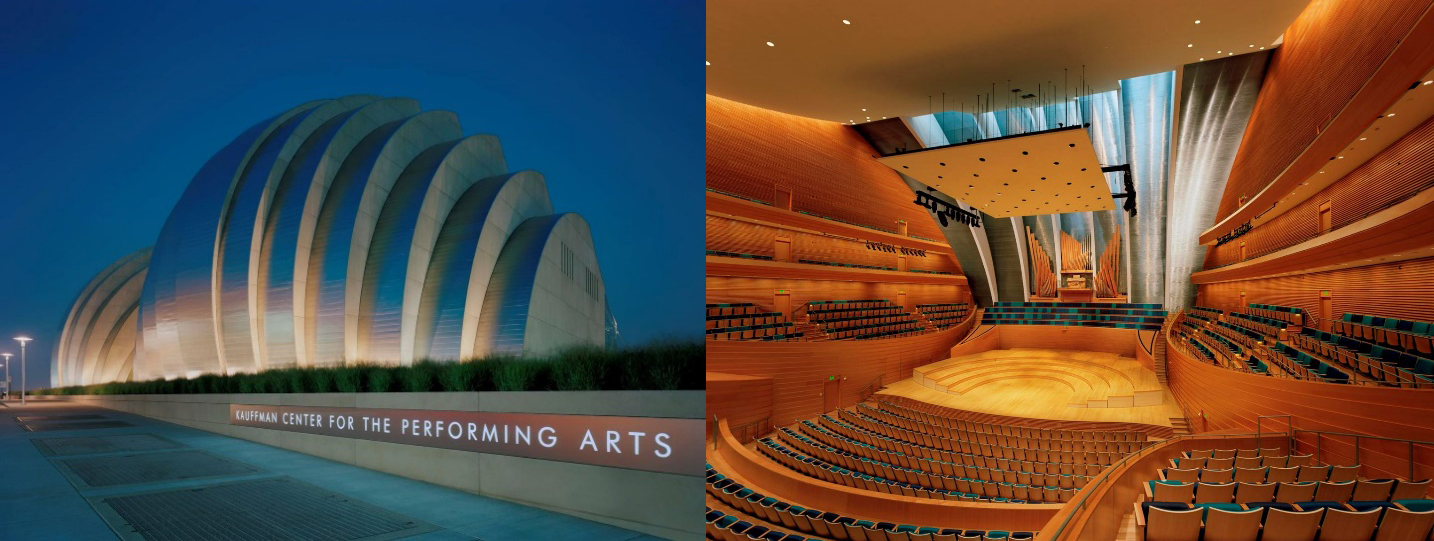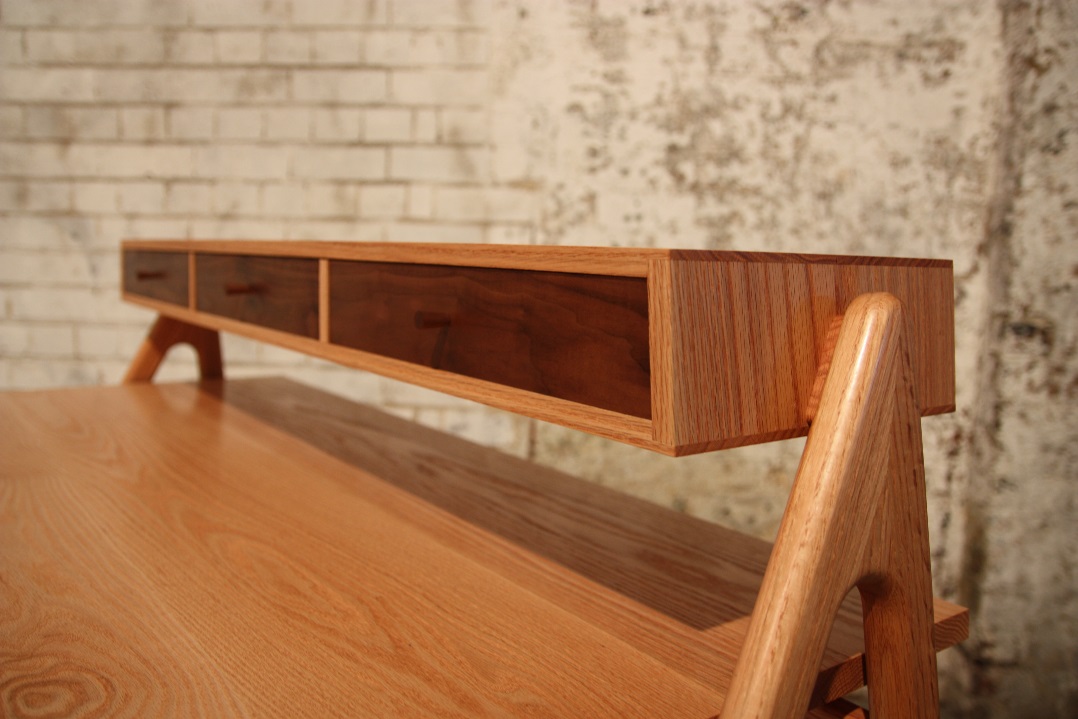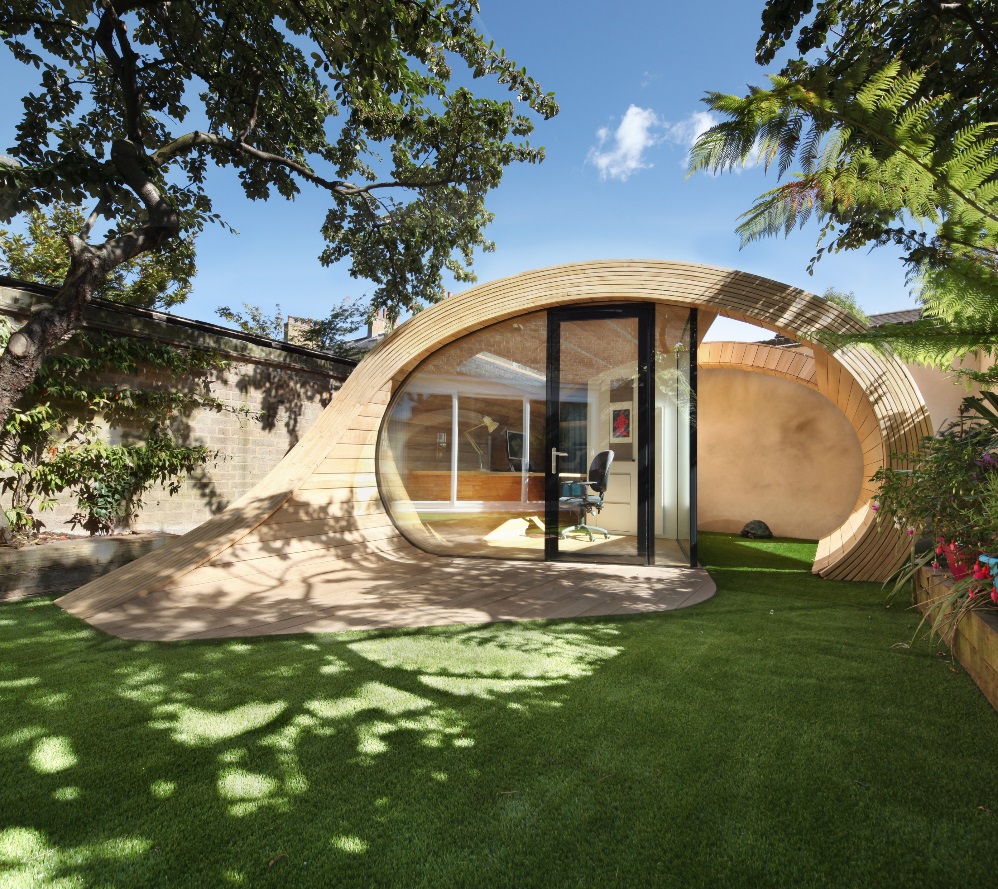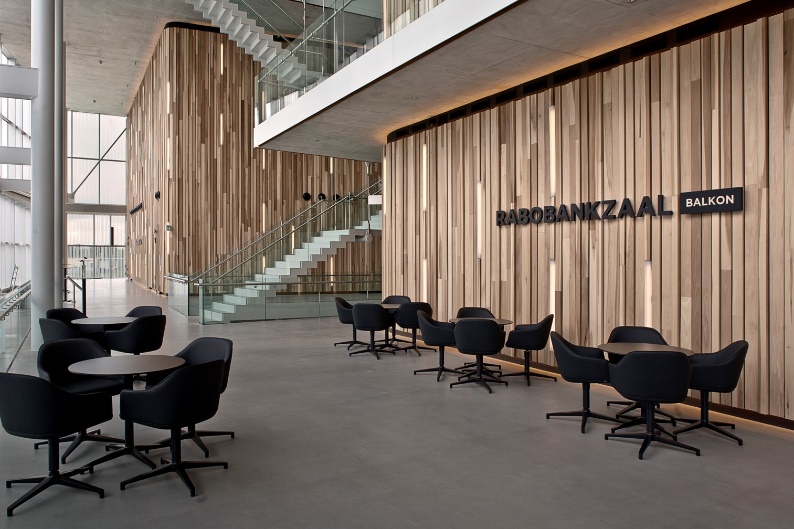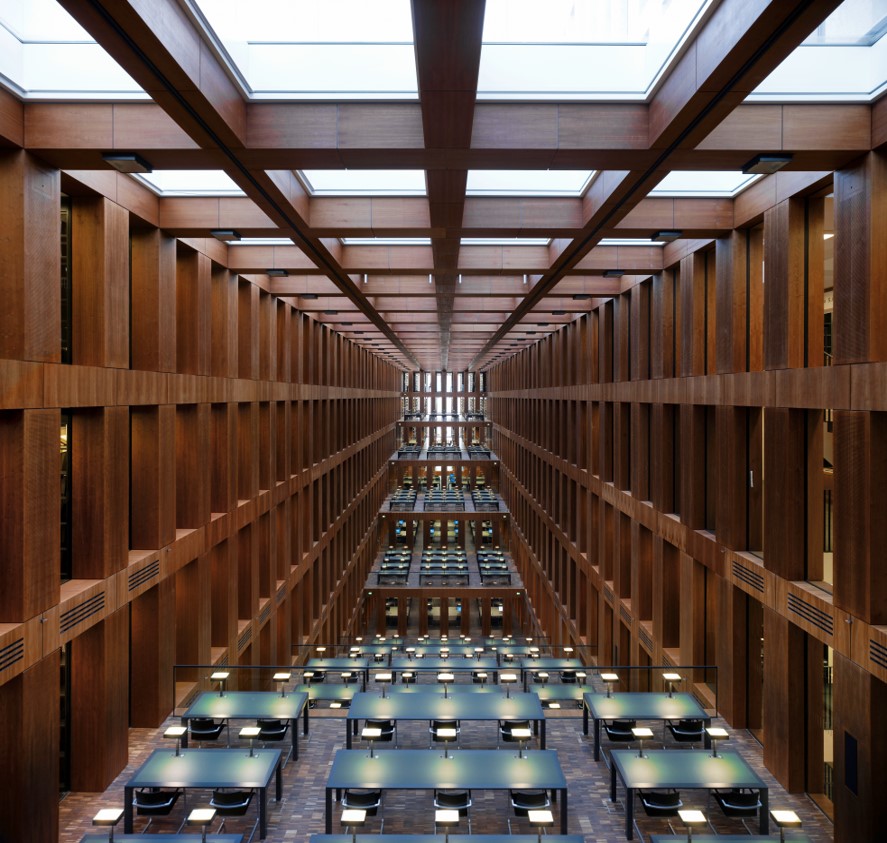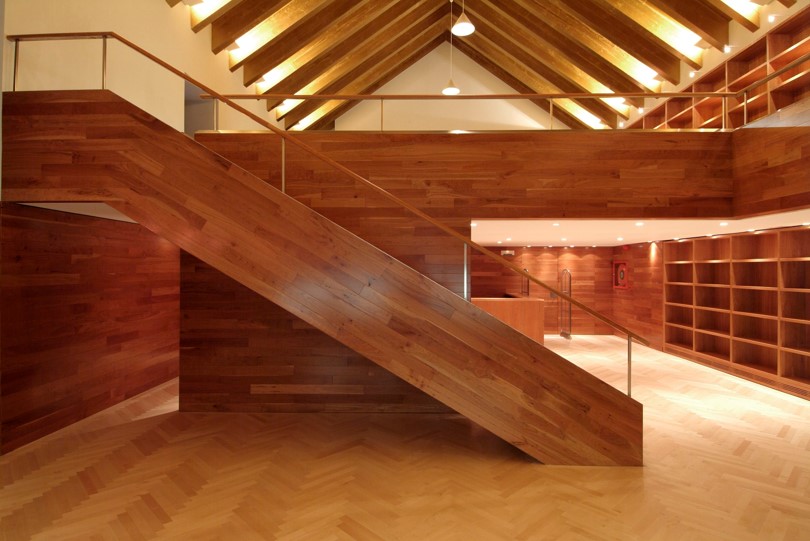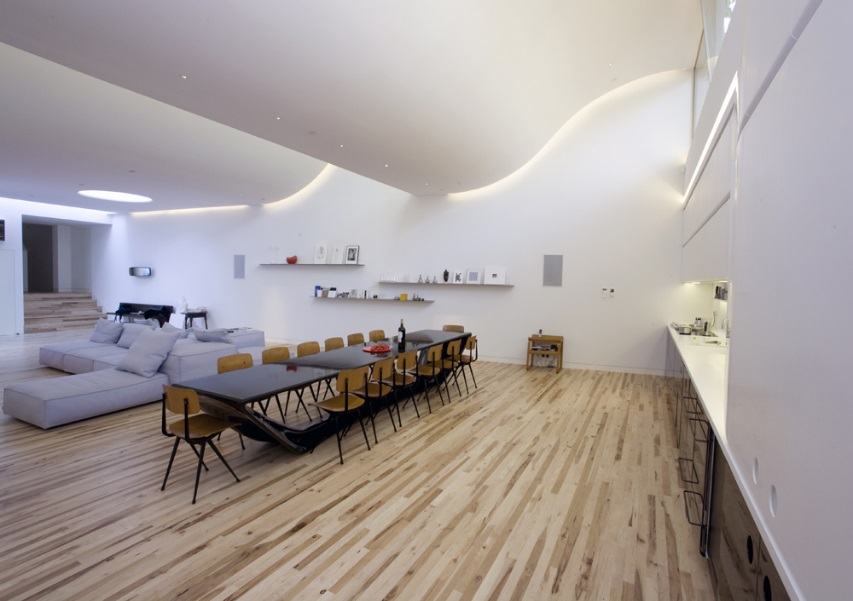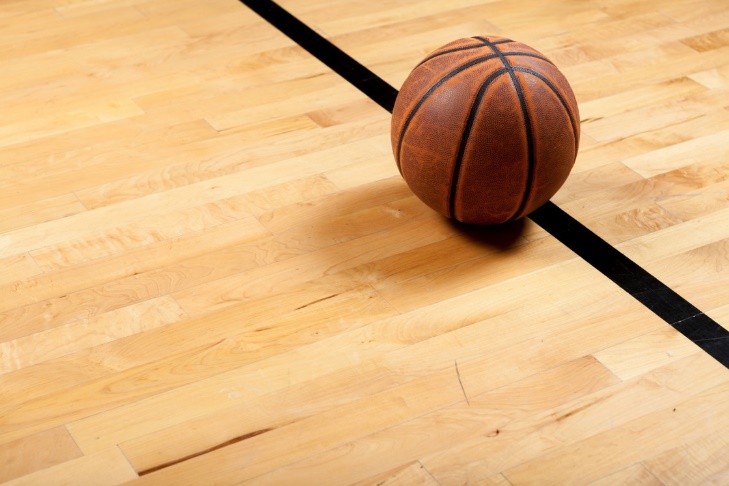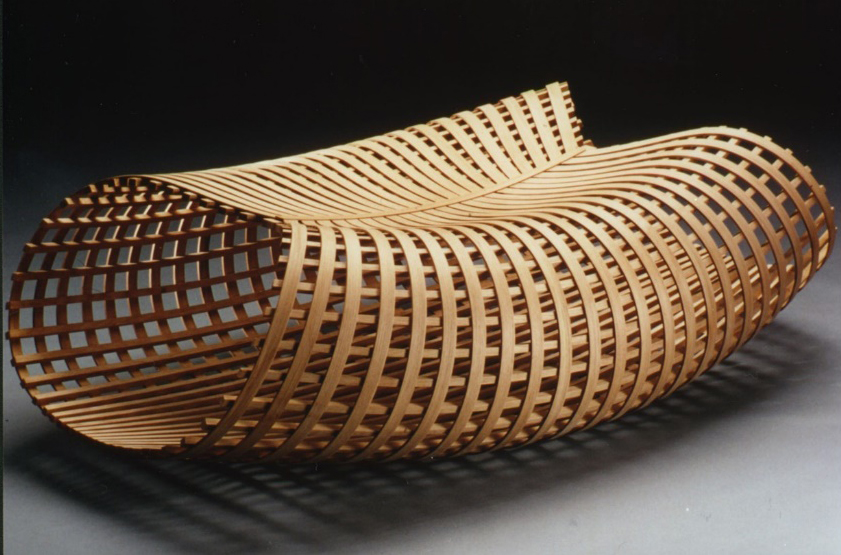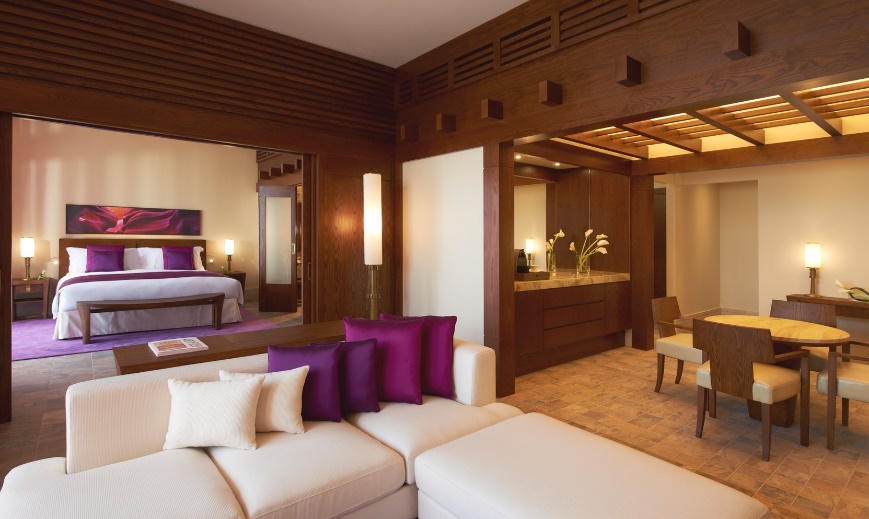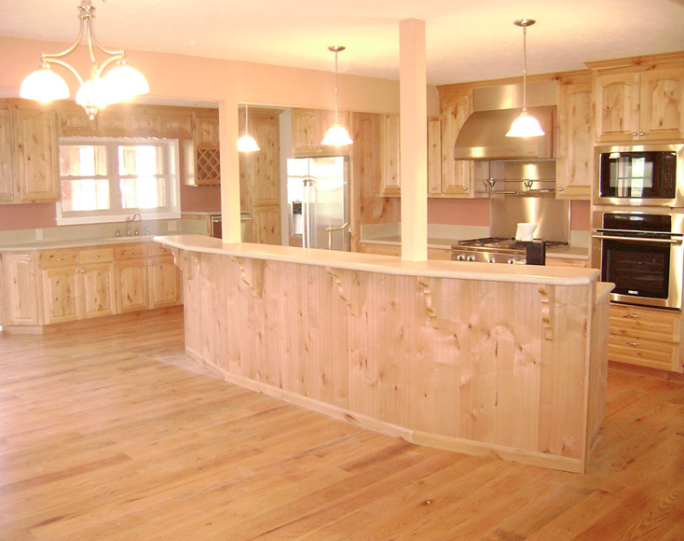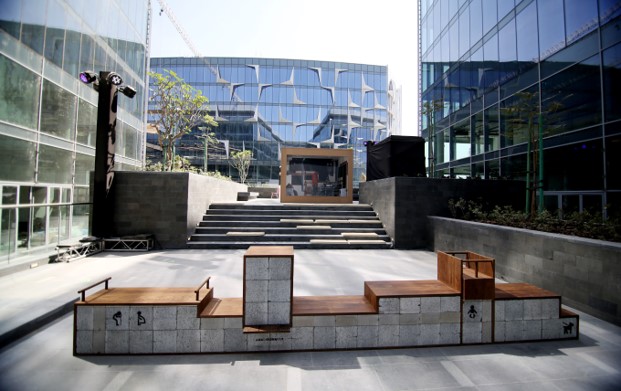Home > Case Studies > Sustainable American Hardwoods in Design – Similarities Between Humans and Trees
SUSTAINABLE AMERICAN HARDWOODS IN DESIGN – SIMILARITIES BETWEEN HUMANS AND TREES
Introduction: The beauty of an individual is unique; the beauty of a group is diversity.
Profile: Criswell Davis, President of Mighty Oaks Consulting, is an internationally recognized American hardwood expert, speaker and hardwood specification consultant. Davis has given numerous lectures to world-renowned companies on the topic of using American hardwood to improve lives. He advises some of the largest architecture and design firms in the world, helping to guide the process of specifying and procuring American hardwoods for projects in the US and globally. Davis has been in the American hardwood industry for over 30 years at all levels of the industry, and is often invited to speak on behalf of the American Hardwood Export Council (AHEC) around the world. During his career, he has presented to over 6,000 architects, designers, specifiers and architecture students.
When it comes to the application of wood in architectural design, what comes to your mind? Is it ancient architecture? Chinese furniture from the last century? A Tang Dynasty temple in Nara, Japan? Or the popular minimalist Nordic style and Japanese furniture?
In fact, the presence of wood is much more abundant than we imagine.
These powerful spaces, or classic and elegant spaces are all created by American hardwood. Criswell Davis, a hardwood expert from the U.S. has shared his passion for American hardwood for 30 years.
Similarities between humans and trees
Designers love wood. They love the natural properties of wood, the natural texture and color of wood, as well as the warmth that wood evokes. But Criswell Davis offers a new perspective: We love wood because humans and wood are very similar in nature.
First, for humans and wood, water is an important component. Fresh hardwood’s moisture content is 60%, and water in the human body accounts for 70%. Second, the average life cycle of both trees and people is about 80 years. Although some trees can grow up to 5000 years old, most trees and humans enjoy a high-quality life of about 80 years. Third, every person and tree is unique. Just as our faces are composed of common facial features, we have our own characteristics and individual looks. The same is true with trees. In the eyes of experts, each tree has its own unique texture and luster.
Even if the same kind of wood is used to make the same object, its beauty is slightly different if a technique has not been used to cover over or alter the individual texture and grain.
Criswell Davis listed the characteristics of each hardwood in a simple and definitive way:
American Red / White Oak: Red oak is one of the most plentiful of the American hardwood species. White oak is among the hardest of the hardwoods, possessing a cell structure that makes it water resistant. It can be used to build wine barrels and boats, and often plays an important role in outdoor design.
American Tulipwood: As a very common wood species, it has a very thick trunk and a very wide board.
American Walnut: Walnut tends to have a noble vibe, accounting for only 1 percent of American wood, but due to its large base, the reserves are still very considerable.
American Cherry: Cherry is popular among many designers, and Criswell Davis is also a fan. It is easy to use, and is suitable for furniture, interior flooring and joinery. Interestingly, it is photo sensitive and its color will darken over time to a subtle brown color.
American Pecan: Pecan is the hardest of the commercially available species, is used for hand tools and flooring primarily. It has a unique appearance that allows for bold design aesthetic.
American Hard / Soft Maple: Hard maple has a hard texture, and most of it is used to make basketball court floors. Soft maple is more suitable for making furniture, which can be stained to look like cherry and walnut.
American Ash: Ash is a very hard and durable species, and is one of the most widely used in thermal modification. Another advantage is that the bending performance is excellent, suitable for meeting designers’ elaborate ideas.
The Sofitel The Palm Hotel in Dubai has repainted the ash to make it look like walnut, which is more in line with the local aesthetics.
American Red Cottonwood: Red cottonwood grows in the Pacific Northwest and has a very beautiful texture. It looks similar to cherry and red peach after dyeing. It can be used in cabinets and furniture.
Change the Character of the Wood
As the saying goes, “the land is easy to change and its nature is difficult to move”, but the characteristics of wood can be completely changed by technology.
In recent years, TMT technology championed by the hardwood industry allows for the transformation of soft wood into “hard bone”. Making it stronger and more resistant to the test of various environments, it can be more widely used in outdoor design.
According to Criswell Davis, the moisture content of TMT hardwood is reduced from 6% to 9% of ordinary wood to 1% to 2%. For example, heat-treated American tulipwood can achieve grade 1 durability, while a heat-treated American ash bench can maintain its excellent condition when placed outdoors in Dubai without constant maintenance.
